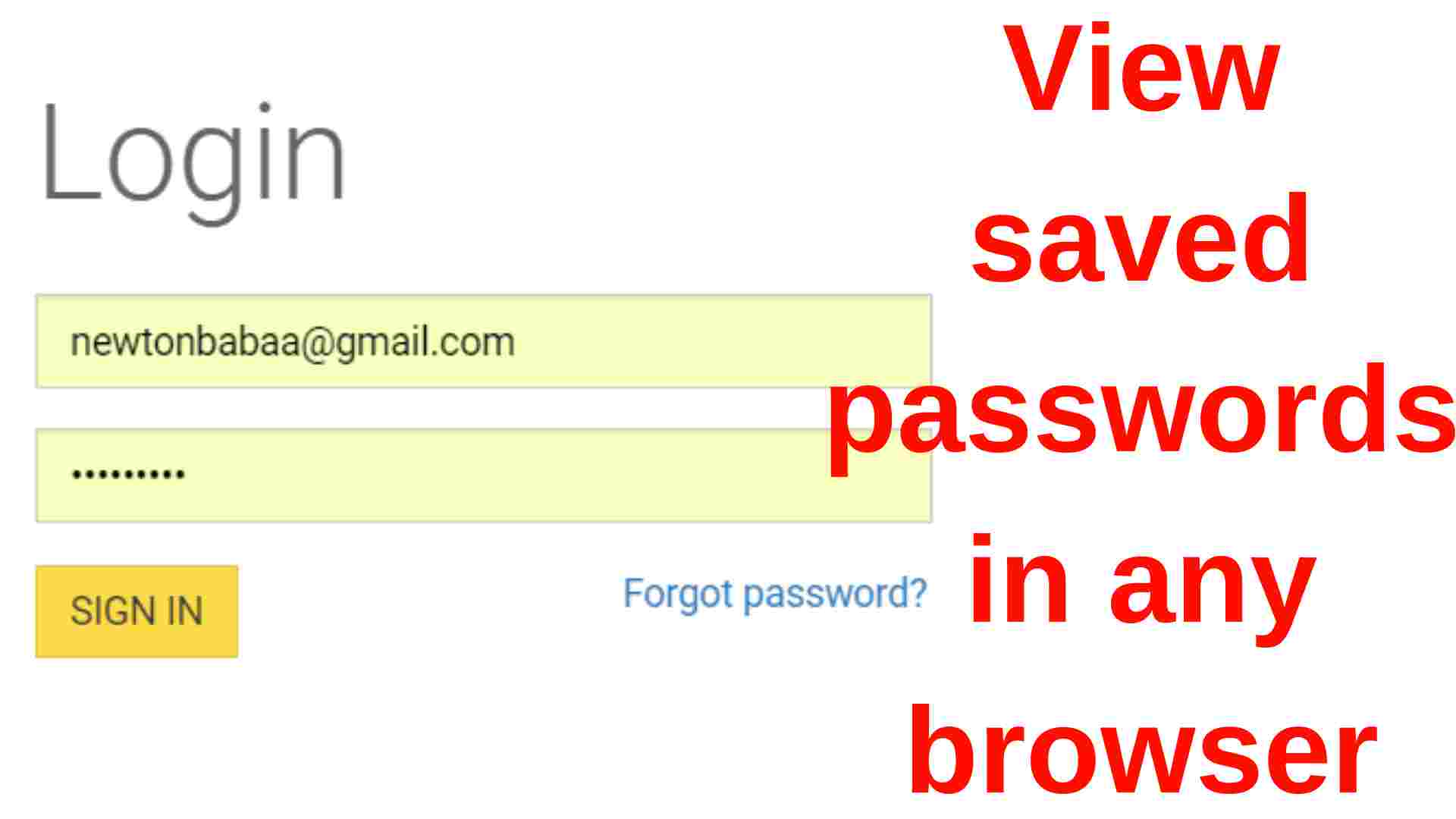

Anyone with physical access to your computer can click the Firefox menu, click Options, and then click the Saved Passwords button on the Security tab to get to this dialog box. If your default browser is Firefox, you’re equally vulnerable. It's also one that a malicious co-worker can use with devastating effect. It's a vulnerabillity that an evil sibling can exploit to make your life miserable. If you can’t find the Passwords icon, at the top right of your screen click More Settings Autofill. If you can’t find the Passwords icon, at the top right of your screen click. At the top right, click Profile Passwords. A list of saved passwords will now appear, accompanied by their corresponding website and username. Tap the three dots in the upper-right corner of the Chrome app.
My saved passwords android#
This avenue of access is easy and quick and leaves no audit trail. Show, edit, delete, or export saved passwords On your computer, open Chrome. Follow the instructions below to show your saved Chrome passwords on Android or iOS devices. But that level of attack involves preparation on the part of a hacker, as well as a nontrivial amount of technical knowledge. Because in effect, that's really what they get. We want to be very clear that when you grant someone access to your OS user account, that they can get at everything. To view your passwords, select the entry of your. Next, scroll to Passwords and forms and click on Manage saved passwords: All your saved passwords are listed here: The passwords are hidden behind asterisks. We've debated it over and over again, but the conclusion we always come to is that we don't want to provide users with a false sense of security, and encourage risky behavior. To view all your saved passwords, open Google Chrome and click on Customise and Control Google Chrome button > +Show advanced settings. We've also been repeatedly asked why we don't just support a master password or something similar, even if we don't believe it works. My point is that once the bad guy got access to your account the game was lost, because there are just too many vectors for him to get what he wants.
My saved passwords install#
Said bad guy can dump all your session cookies, grab your history, install malicious extension to intercept all your browsing activity, or install OS user account level monitoring software. Beyond that, however, we've found that boundaries within the OS user account just aren't reliable, and are mostly just theater.Ĭonsider the case of someone malicious getting access to your account. So, Chrome uses whatever encrypted storage the system provides to keep your passwords safe for a locked account. The only strong permission boundary for your password storage is the OS user account. I'm the Chrome browser security tech lead, so it might help if I explain our reasoning here. And the issue got more heated when the post sparked a discussion on Hacker News where Chrome developer Justin Schuh told Kember, in essence, That’s not a bug, it’s a feature:
My saved passwords software#
This isn’t a new feature, of course, but the issue got some publicity earlier today when software designer Elliott Kember posted a rant titled “Chrome’s insane password security strategy” at his blog.


 0 kommentar(er)
0 kommentar(er)
